Critter control methods are practical ways of removing undesired animals from your home or property. How often do you receive unwanted furry guests in your home? These uninvited creatures can be incredibly adorable, but most of them are mischievous little creatures. They can cause a lot of damage to both your home and your garden, and to valuable equipment you may have stored there.
Are you struggling to remove them completely without killing or harming them? We are here to provide you with some useful critter control tips to help you deal with raccoons, mice, squirrels, birds, snakes, and bats that might be a problem in your home or garden. Our methods are easy and cost-effective to help you get rid of your pests as efficiently as possible.
Raccoons

Getting to know them
How much do you know about raccoons? They are warm-blooded, nocturnal (awake at night) creatures that live in some parts of Canada and the USA. They are found in wilderness areas such as forests and marshlands, which isn’t a problem for most of us. However, they also live in crowded cities and the countryside right alongside people – which can become a problem very quickly!
The most noticeable feature of raccoons is their black rings surrounding dark eyes. This often reminds people of bank robbers wearing masks. Appropriate, considering how sneaky they can be! They have flexible and skilled front paws, which make them excellent at running, climbing, swimming and jumping.
The problems this animal causes
Many animal TV programs portray raccoons as cute creatures – and based on their physical characteristics, they are! However, don’t be too hasty to judge these creatures by their external appearance. Raccoons have sharp, strong claws, which can easily cause damage to walls, ceilings, basements, chimneys and attics. These resourceful creatures can cause huge problems for gardeners. Raccoons are omnivores, meaning that they eat all types of food. In the fall, they develop a taste for fruits (apples, peaches, pears) and vegetables (sweet corn, potatoes, peas), often stealing farmers’ crops.
However, the largest problem with raccoons is found in their feces. They carry a wide range of harmful diseases which can easily be transmitted to humans. The fact that raccoons breed rapidly only serves to increase the amount of damage they can cause. Critter control is definitely necessary when it comes to these pesky animals.
Getting rid of them
Raccoons are highly intelligent, so controlling them is a difficult task – but not impossible. The two main things to focus on when trying to get rid of raccoons are “ eliminate food sources” and “deter them”.
Eliminating food sources is a highly effective method of controlling raccoons. When the raccoons cannot find food and become hungry, they are forced to move elsewhere to find food.
So, where do raccoons find food?
You guessed it – trash!
Make sure to protect your trash as this is a common place for raccoons to find food. Placing a heavy object on top of the trash lid to prevent it being opened is a good place to start. You can also secure it with a sturdy lock if your trash can allows for this. Wash the trash can thoroughly after throwing garbage out with the help of a wheelbarrow, and try to avoid leaving trash outside at night.
The more of these measures you implement, the better!
The second thing that is likely to attract raccoons is fruit or other food left lying around your garden. Clean up any fruit and food debris from grass and outside surfaces. If you have pets, make sure that their food is out of reach of raccoons.
Now that we have eliminated possible food sources, let’s look at some ways to deter raccoons from your home.
The best way to do this is by making their nests uninhabitable. You can use a variety of scare tactics such as strong lights, noisemakers and radios. However, make sure you switch between these devices often so that the raccoons don’t become accustomed to them.
You can also disturb their nests with offensive smells. A good home remedy is to combine pepper, chili and water. Boil this mixture and spray it onto the entry points of the raccoon nests. This will ensure they quickly find a new home – critter control isn’t as difficult as you thought!
No method of eliminating raccoons guarantees that they will not return. However, keep your house clean to avoid attracting them. Fencing can also help, but make sure it is an electric fence. Raccoons are very good at climbing, and a non-electric fence will be useless at keeping them out.
Mice
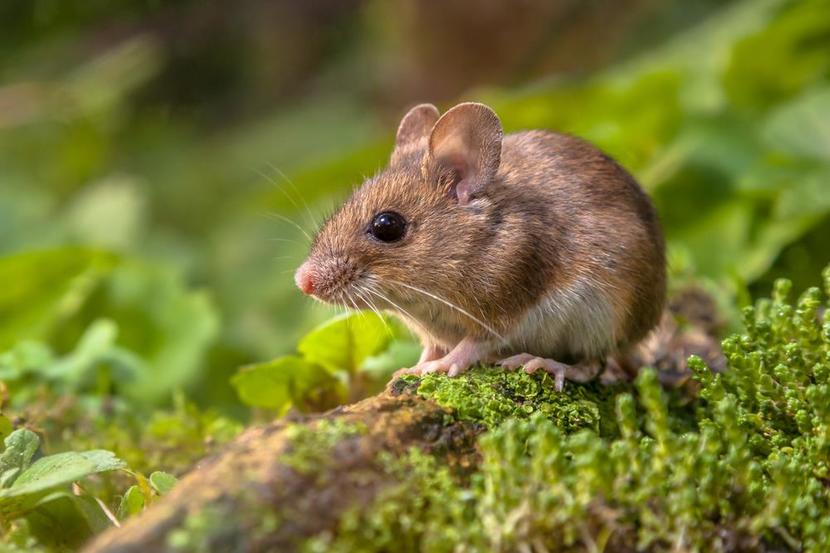
Getting to know them
According to statistics, mice are the second most populous mammal in urban areas – passed only by humans. However, they don’t only live in buildings, but also in the wild, such as in grasslands or jungles. Mice dig and burrow to avoid being detected by predators.In the wild, they will dig underground burrows to avoid animals such as cats, dogs and foxes. In households, they will burrow and nest in rarely used places such as drawers and boxes.
Mice are omnivores, meaning that they eat both plants and animals –almost anything they can find. They eat about 20 times a day, so they usually settle in places with a plentiful food source. Mice are nocturnal - sleeping during the day and active at night. They are quite timid around humans and will usually run away when they see a person or any animal larger than them.
The problems this animal causes
At first glance, mice appear to be small and harmless, but they are in fact highly destructive. It is estimated that mice destroy 33 million tons of food a year - enough to feed 200 million people!
They also cause a lot of damage to property because they have sharp incisors that are perfect for chewing through all sorts of things.
Furthermore, mice carry more than 200 types of pathogens such as viruses, bacteria, and fungi, which can lead to a large variety of fatal diseases. Clearly, critter control is a must when it comes to these animals.
Getting rid of them
Prevention is better than cure, especially when it comes to rodents. First and foremost, ensure your house is clean, as this will keep mice away. Clean up crumbs quickly and thoroughly. Keep food in tightly sealed containers. Fix any holes in the walls. Keep your garbage can closed securely. Clean your house regularly with sterilizing solution.
If you really want to make sure mice don’t come near your house, consider keeping a cat or an owl as they are natural predators of mice.
Having one of these will make sure mice stay away from your home!
These tips are great for deterring mice, but what do you do if mice are already a problem in your home?
A common method to get rid of mice is mouse traps. People usually underestimate mice infestations, so don’t hesitate to buy multiple traps – start with at least 6, depending on the size of your house. Some mice learn to avoid certain types of traps, so try combining a variety of types (such as snap traps and glue traps) for better results. These traps should be set in areas where you know the mice live. Some traps are reusable, so you can reset them to keep catching mice.
Another method you can try is using rat poison specifically designed for rodents. Commercial poison contains a variety of chemicals designed to kill mice. However, bear in mind that the poison also causes harm to domestic animals such as dogs and cats, and will cause severe damage if a young child should eat or touch it. Make sure the poison is out of reach of both pets and children because it is easy for them to eat it accidentally. Also remember to only handle poison with gloves on, and ensure you wash your hands and your gloves thoroughly when you are finished.
Are there any natural ways to get rid of mice? Definitely. If the above methods seem extreme to you, don’t worry - critter control can be cruelty-free. Strong smells are quite effective in getting rid of mice. One of the most common natural products to get rid of mice is peppermint oil. While humans find the smell of peppermint oil refreshing and relaxing, mice find the odor offensive. Castor oil and ammonia are two other smells they hate. These methods are definitely worth giving a shot if you are looking for a more natural method of getting rid of mice.
Squirrels
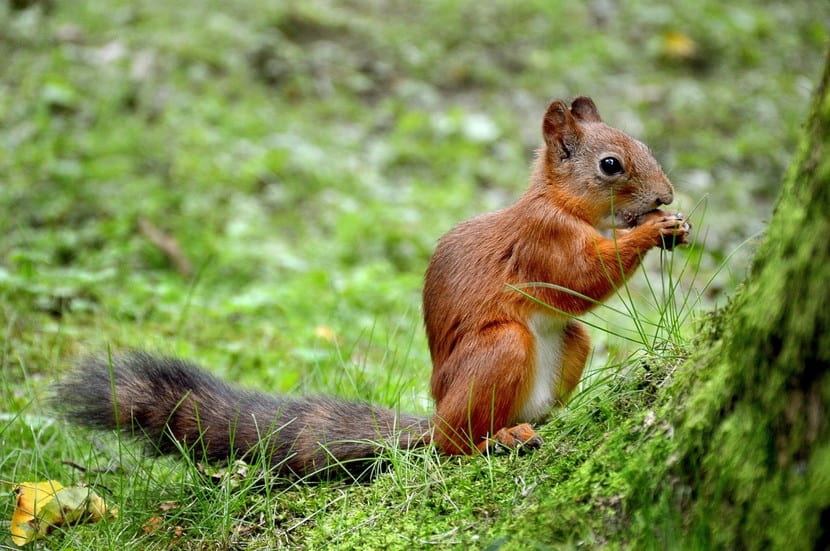
Getting to know them
Squirrels are small to medium sized rodents, and there are about 285 different species. These are categorized into three main groups: tree squirrels, ground squirrels and flying squirrels. Squirrels are highly adaptable. This means they grow accustomed to a new environment and learn to survive in it very quickly. They are not usually afraid of humans and can live alongside them in urban areas.
Along with their ability to adapt to their environment comes an ability to adapt to food. Yes, squirrels don’t only eat nuts!
They consume a large variety of plants such as green vegetation, seeds, fruits and fungi. Occasionally they will even try to catch small birds or snakes.
When squirrels feel threatened, they freeze and then rush to a nearby tree.
When running, squirrels move unpredictably in order to confuse predators. They are definitely smarter than you might think at first! Critter control for these smart tree-lovers can be a challenge.
The problems this animal causes
Squirrels can cause a large amount of damage in your garden.One way that they do this is by chewing bark off branches and eating large amount of seeds. Both of these things can prevent your trees from flourishing. Your beautiful lawn could also be easily destroyed by these critters because squirrels dig holes to bury their food – often in the middle of your grass!
Squirrels’ teeth can also be the source of a lot of problems. They have four front teeth that never stop growing, and they’re strong and sharp enough to chew through a large variety of things in your home. If they start chewing through electrical wiring or other expensive equipment, the repair bills can quickly add up to hundreds or even thousands of dollars.
Getting rid of them
Getting rid of squirrels outside is essential if you want to protect your garden. Firstly, make sure you remove anything that could be food for squirrels. Hunger is usually the reason they come into your garden in the first place. Rake your yard regularly to remove fallen nuts and berries, which are a main food source for squirrels.
Also ensure your trash can has a secure lid on to avoid squirrels getting in. Another option is to put a fence around your garden. Make sure it is buried at least 30cm underground to prevent squirrels from digging under it. Getting a dog can also be very effective, especially one that spends plenty of time outside. Having another animal present will quickly frighten the squirrels away.
A simple solution is to plant some mint. Mint plants have a strong smell that is unpleasant for squirrels. Planting a few of these around your property is a cost-effective and environmentally-friendly way to deter squirrels.
Squirrels can also be a problem inside your house, so let’s look at a few solutions for this. Most importantly, make sure your house is clean. This will go a long way in keeping squirrels and other pests away.
Don’t forget about the attic – this is often the first choice for squirrels! Clean out your attic and remove anything that could be appetizing for animals.
Chimneys are an easy route into your home, so make sure to secure them. If a squirrel does happen to get stuck in your chimney, drop down a rope, attract the squirrel with food and then release it. Remember to remove the rope afterwards!
Make sure you give these easy methods a try before you resort to calling animal control to solve your squirrel problem.
Birds
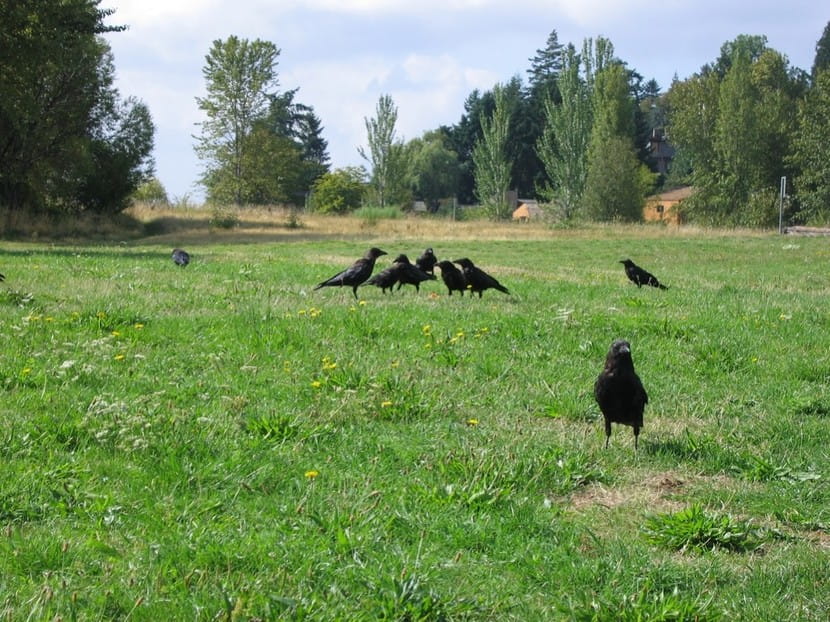
Getting to know them and problems this animal causes
Many gardeners try to attract birds for benefits such as pest control and flower pollination. A lot of people love to birdwatch or just enjoy their sweet songs in the garden – a lovely way to distress!
Critter control might not seem like it relates to birds at all, but for some kinds of birds it is necessary.
While many birds are beneficial and desirable, certain species can be extremely annoying. Crows, jays and even pigeons are often a nuisance to people. These troublemakers often harass smaller birds at feeders and chase them away. Birds also produce a large amount of droppings, and scientific research has shown that the acidity in bird droppings can halve the life expectancy of your roof.
Getting rid of some of these pesky birds can be challenging, but is definitely not impossible!
Getting rid of them
If you notice that an unwanted bird has nested in your garden, it has already moved in. Remove the nest immediately, showing the bird that the habitat is hostile. If the bird rebuilds the nest, it may be necessary to do this repeatedly.
Removing food and water sources will also encourage the bird to move on. Birds will seldom remain in a habitat that lacks these essential resources.
Covering their favorite plants with a net can work well. Rows of spikes can also be installed on window sills and other ledges that the unwanted birds perch on, as sharp points will deter them from perching there. However, this method may not be effective for small birds.
Making potential nesting spots unusable can also encourage birds to find a new home. Carefully check chimneys, ventilation systems and small crannies in walls because they are ideal places for birds to build nests. Use metals, wood, glass or anything else you find suitable to cover the holes.
Lastly, you can attempt to scare the birds away. Try placing plastic owls or rubber snakes in your garden to frighten birds away. Flashing lights or shiny objects sometimes work, especially for woodpeckers.
Besides these visual items, you can also try sounds. Recorded distress calls are thought to be warnings from other birds, and can encourage birds to leave the area, suspecting potential danger.
These tactics can be effective, but bear in mind that birds are incredibly intelligent. They are often able to distinguish between real distress calls and recorded sounds, and this method might not fool them for long. Critter control needs to be clever here. Try using different distress calls and playing the sound from different places to fool them for longer.
Snakes
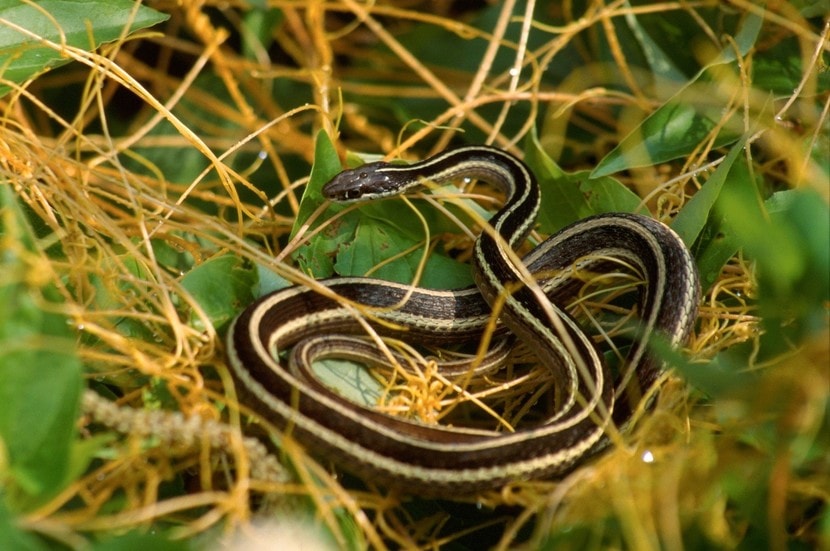
Getting to know them and problems this animal causes
Snakes? Critter control? More like reason for panic! This is a common response form many people when the topic of snakes comes up. But don’t forget, snakes do a large amount of critter control themselves –mice and rats are a favorite food for them.
Snakes are reptiles, are therefore cold-blooded. This means that they rely on the heat of the sun to maintain body heat, and therefore most snakes are found in tropical regions with warm, humid climates. In winter, they hibernate.
Snakes are carnivores, and have expandable jaws which enables a snake to eat prey larger than its own head. They are able to smell through their forked tongues, and “hear” by feeling vibrations in the ground. Snakes move by contracting and stretching the muscles in their bodies – resulting in the slithering effect you can see if you observe a snake.
Of the 2,900 known species of snakes, only 375 are venomous. However, a bite from one of these venomous varieties can be extremely harmful and even deadly – to you, a child, or a pet in your home. For this reason, avoiding snakes is a priority for most people.
Getting rid of them
If you find a snake in your home, calling animal control is the safest option. In circumstances where the snake is known to be venomous, professionals will be called in to remove the snake. Attempting to do this yourself can be extremely dangerous. As soon as you discover it, safely separate the snake from children and pets by closing the door of the room it is in, and immediately contact animal control.
If you suspect there is a snake in your home but have not seen it, glue traps are a good way to catch it. If the snake crawls over the trap it will get stuck, allowing you to call animal control. If you use this method, make sure to check the trap often to avoid the snake dying if it is left in the trap for too long.
Snakes in your garden are best left alone – they will usually move along by themselves, and disturbing them can be dangerous. However, there are a variety of things you can do to avoid them coming into your garden in the first place.
Snakes love thick bushes, tall grass and damp areas. Maintaining your garden regularly to avoid overgrown areas is recommended. You can also mulch your garden with sharp materials such as rocks and egg shells. Sharp edges can hurt the skin of snakes, so they’ll avoid these areas.
Another great way to get rid of snakes is by removing their food source. They frequently eat mice, rats and insects, so get rid of these to get rid of snakes. Look at our tips for getting rid of rodents further up in this article.
Bats
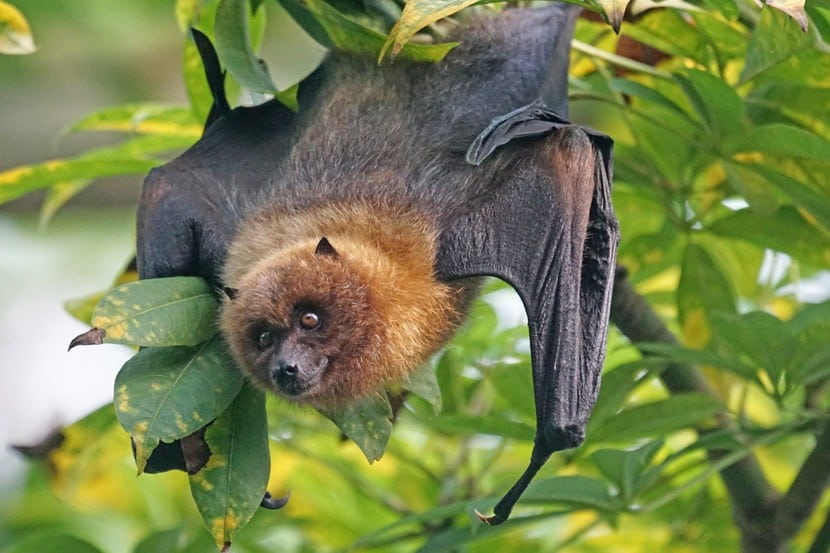
Getting to know them
Bats are the only mammals that can fly, and are nocturnal animals. Searching for food at night helps them to avoid predators, and during the day they hang in dark places to sleep.
They are well-known for their incredible method of “seeing” with sound waves. They live in groups called colonies, which means that if you see one bat, there are many others around.
They often eat mosquitoes, insects, and even fruits and pollen.
A bat can eat up to 600 mosquitoes in an hour, and are considered as the best form of insect control. They also help with pollination. Critter control doesn’t seem like something to associate with bats, right?
The problems this animal causes
Despite these advantages, few people welcome bats in their houses because of the physical damage they cause. Droppings and urine accumulate quickly, and over time can drip through ceilings and even weaken the interior of the structure, eventually causing collapse.
Bats are known to spread diseases, some of which of which are quite serious, such as rabies. Bats can also spread bat mites – parasites that are as problematic to humans as bed bugs.
Critter control is clearly as necessary for these animals as any of the others we have looked at! Identifying a bat problem in your home is fairly simple – you can easily spot them flying around at dusk and dawn. Squeaking, scratching and droppings are also telltale signs.
Getting rid of them
Firstly, killing bats is illegal in some states, so make sure you familiarize yourself with local laws. Because of the huge benefits of having bats around (but not in your house), a humane approach is highly recommended.
Install a bat box in another area on your property before chasing them away. This way they will be less likely to return to your home, but you can still enjoy the insect-control advantages.
Research what kind of bats you are dealing with, as there are various types. Once you’ve done your research, investigate your house for entry points. This can be time-consuming, but be meticulous. Cover the smaller openings, but leave main access points open.
Then install a one-way exclusion device – available at most pet stores and easy to set up. These allow the bats to exit freely, but not to reenter. Once you’re sure all the bats are out of your home, seal up all remaining entry points.
Making your home unpleasant for the bats to be in will encourage them to leave sooner – light up your house as much as possible, and combine this with loud sounds. Bats that are woken up in this way will often find a new home.
Once the bats have vacated your home, wipe up any remaining droppings, making sure to wear gloves and a mask and wash your hands thoroughly afterwards. Calling in professionals for this is highly recommended.
Check your house regularly, so if the bats do return you can address the problem immediately to avoid damages.
Conclusion
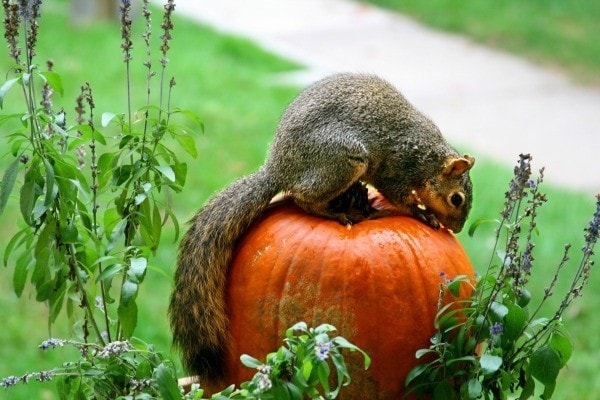
Were these tips helpful? We hope so! We are confident that the methods above will greatly aid you in getting rid of any pests you may have, and avoiding infestations in the future. With these simple tricks, your pest control problems will become a thing of the past.
Last Updated on


Reply